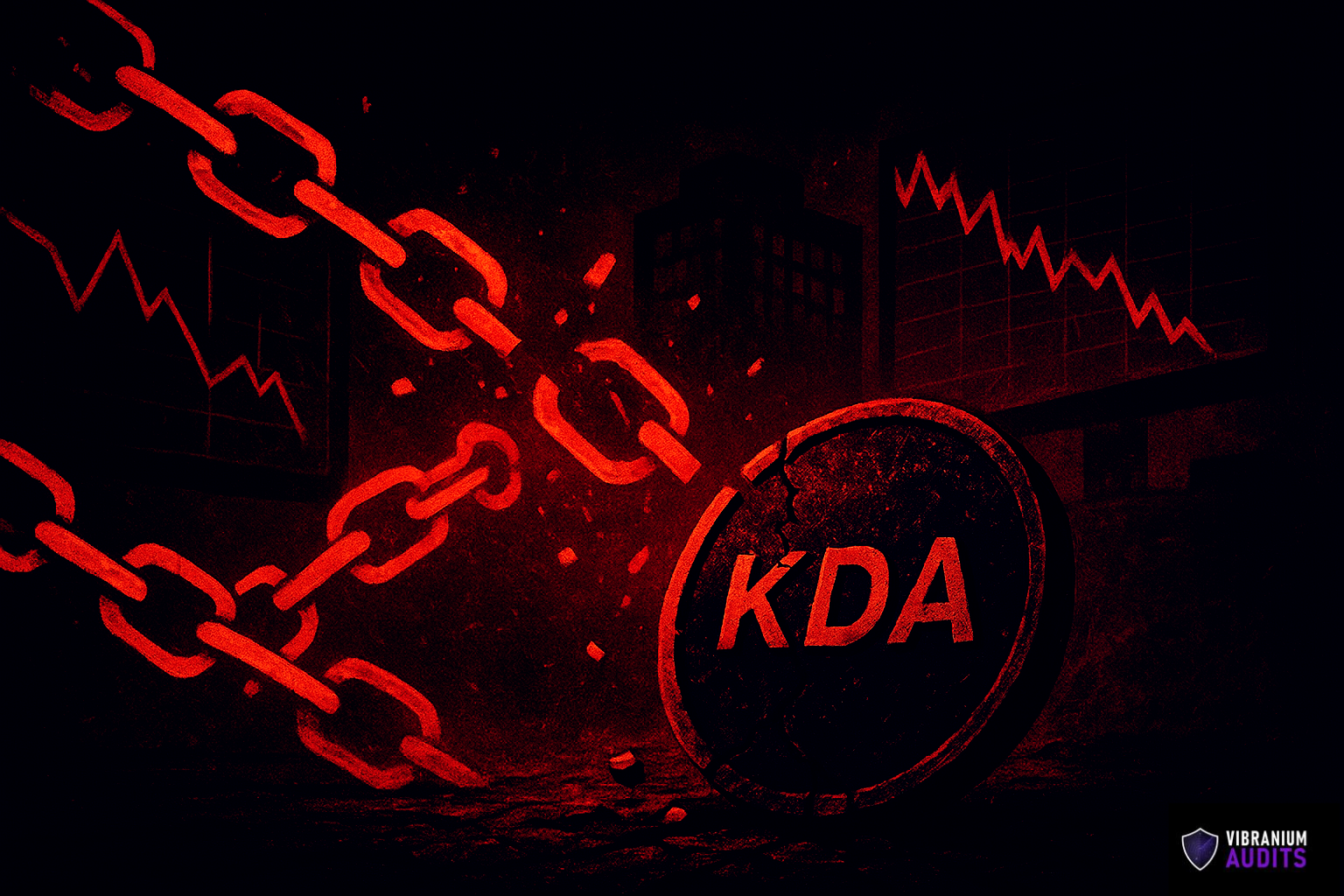Introduction
Blockchain technology ensures transparency, but this very feature introduces risks like front-running attacks, where malicious actors exploit pending transactions for personal gain. Front-running occurs when attackers monitor the mempool and submit their transactions with higher gas fees, ensuring they are executed first. This manipulation is especially dangerous in decentralized finance (DeFi) applications, where price-sensitive transactions can be hijacked.
A smart contract audit plays a crucial role in detecting front-running vulnerabilities before they can be exploited. This article explores how front-running occurs, its impact on blockchain security, and how developers can prevent it through audits and best security practices.
What Are Front-Running Attacks?
Front-running attacks take advantage of the public visibility of pending transactions in the Ethereum mempool and other blockchain networks. Malicious actors use bots to:
- Identify profitable transactions in DeFi exchanges, NFT minting, or token presales.
- Submit a similar transaction with a higher gas fee to prioritize their execution over the original transaction.
- Manipulate token prices or secure valuable assets before legitimate users.
For example, in an Automated Market Maker (AMM) protocol, an attacker could detect a large buy order, place their own buy order first, and then sell the tokens at a profit once the original transaction pushes the price up.
How Front-Running Compromises Blockchain Security
Front-running undermines fairness in decentralized applications (DApps) and leads to:
- Unfair trading advantages: Attackers profit at the expense of regular users.
- Market manipulation: Artificial price inflation or deflation damages liquidity and trust.
- User dissatisfaction: DeFi platforms lose credibility due to exploitative practices.
Without proper smart contract security measures, attackers will continue exploiting transaction transparency, making blockchain applications unsafe for users.
How Smart Contract Audits Help in Preventing Front-Running
A smart contract audit helps identify front-running vulnerabilities by:
- Analyzing transaction order dependency: Ensuring that execution priority does not give unfair advantages.
- Detecting unsafe price calculations: Evaluating whether contracts expose sensitive trade information.
- Simulating attack scenarios: Running bot-driven tests to check if attackers can manipulate transaction sequences.
Auditors recommend secure design patterns to mitigate front-running risks, strengthening blockchain security against manipulation.
Best Practices to Secure Smart Contracts Against Front-Running
Developers can adopt the following strategies to prevent front-running exploits:
- Use commit-reveal schemes: Require users to submit hashed orders that are revealed later, preventing attackers from seeing transaction details in advance.
- Implement batch auctions: Execute multiple trades at once to remove priority advantages.
- Utilize private mempools: Prevent public exposure of sensitive transactions before execution.
- Adopt fair sequencing services (FSS): Solutions like MEV-resistant transaction ordering minimize front-running risks.
- Conduct regular smart contract audits: Ensure ongoing protection by testing for emerging vulnerabilities in blockchain security.
Conclusion
Front-running attacks pose a significant risk to smart contracts, especially in DeFi applications. By conducting thorough audits, developers can detect and eliminate vulnerabilities, ensuring fair and secure transaction execution.
FAQs
1. What is front-running in blockchain security?
Front-running occurs when attackers monitor pending transactions and submit their own with higher gas fees to execute first, gaining an unfair advantage.
2. How do smart contract audits prevent front-running?
Audits analyze transaction order dependency and test for exploitable mempool visibility to ensure fair execution.
3. Why is front-running a problem in DeFi?
It allows attackers to manipulate token prices, execute unfair trades, and reduce the profitability of honest users.
4. What is a commit-reveal scheme in smart contracts?
A commit-reveal scheme hides transaction details until execution, preventing attackers from anticipating and front-running trades.
5. How often should smart contracts undergo security audits?
Before every major deployment or update, contracts should be audited for vulnerabilities to maintain blockchain security.










